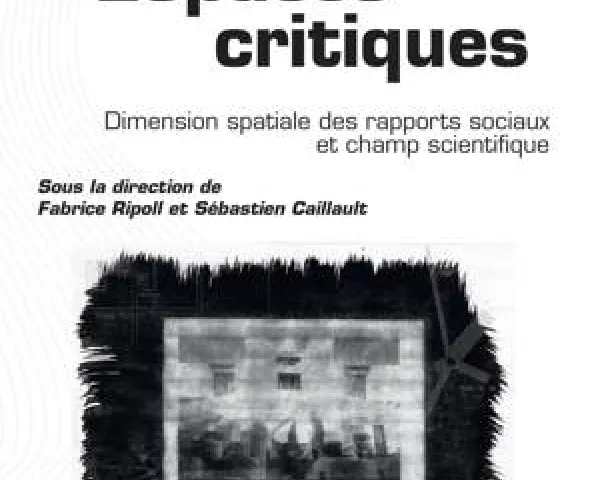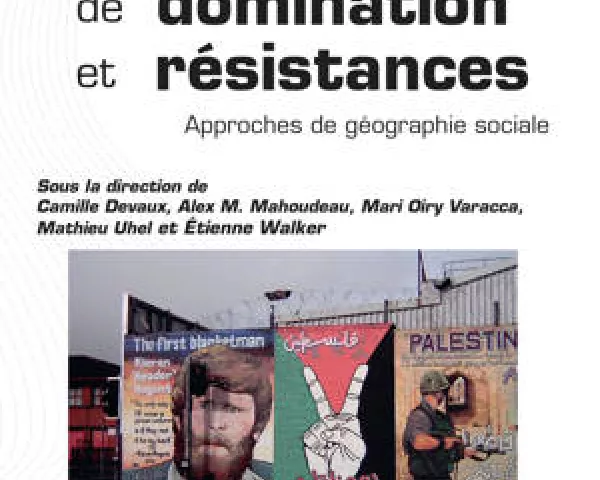Le printemps silencieux comme expression paysagère du changement climatique dans nos villes ?

Philippe Woloszyn, Kahina Ikni, Elsa Alfonsi. Le printemps silencieux comme expression paysagère du changement climatique dans nos villes ?. Projets de paysage : revue scientifique sur la conception et l'aménagement de l'espace, 2025, Acclimater le paysage. Observer, penser et agir face aux climats en changement, 31 (1). ⟨halshs-04976053⟩
En ville, le défi climatique n’est pas dissociable de la question écologique du paysage. À ce titre, l’écologie sonore paysagère développée par Raymond Murray Schafer prend tout son sens dans le partage territorial sonore entre humains et non-humains. Depuis les années 1970, Schafer a réveillé notre écoute du monde sonore entre vivant et non-vivant ; le processus même de perception du sonore et son intégration dans le rapport ordinaire à l’environnement portent un nom : le paysage sonore. Afin de saisir toute la dynamique spatiale de ce partage territorial des sources sonores humaines et non humaines, nous proposons ici une approche paysagère d’appréhension sonore des qualités humaines et non humaines de l’environnement vécu – telles que définies par Bernie Krause (2016) – le spectre de présence, approche actuellement testée sur les zones calmes – bois, forêts, parcs et jardins – de la métropole bordelaise. Cette méthode de relevé et d’analyse du paysage sonore urbain permet de prendre un « instantané » des effets anthropophoniques de l’urbanisation galopante et du changement climatique. Elle constitue un outil de diagnostic ambiantal des « sanctuaires sonores » au sein de la ville, à créer ou à préserver pour répondre au besoin d’acclimatation de l’habitant des villes en situation de stress environnemental. À terme, ce modèle d’analyse ambiantale est voué à évoluer vers un outil d’observation et de qualification des ambiances sonores, capable d’étudier le devenir et l’utilisation de ces « zones calmes » face aux réponses urbaines au changement climatique.
In cities, climate change cannot be dissociated from the environmental question of the landscape. In this respect, the sound ecology of the landscape developed by Raymond Murray Schafer takes on its full meaning in the territorial sound experience shared by humans and non-humans. Since the 1970s Schäfer has raised awareness of the world of sound shared by the human and non-human features of the environment; the very process of perceiving sound and including it in our ordinary relationship with the environment has a name: soundscape. In order to capture all the spatial dynamics of this territorial sharing of human and non-human sound sources, we propose to apprehend the biophonic and anthropophonic qualities of the experienced environment—as defined by Bernie Krause (2016)—through the landscape and the spectrum of presence; an approach currently being tested in quiet areas such as woods, forests, parks and gardens in the metropolitan area of Bordeaux. This method of surveying and analysing the urban soundscape provides a ‘snapshot’ of the anthropophonic effects of rapid urbanisation and climate change. It provides a tool for conducting an ambient diagnostic of ‘sound sanctuaries’ within the city that need to be preserved or created to meet the acclimatisation needs of urban dwellers in situations of environmental stress. Eventually, the intention is for this ambient analytical model to evolve into a tool for observing and qualifying sound environments to study the potential status and use of these ‘quiet zones’ in the face of urban responses to climate change.











